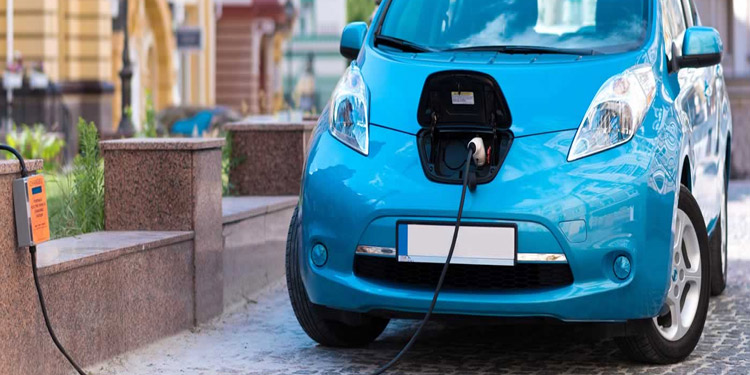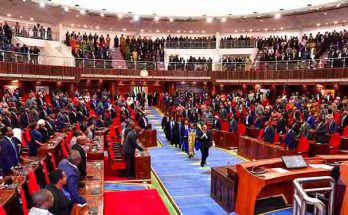 Road transportation is rapidly electrifying around the world, owing to its low carbon footprint and rapidly emerging energy battery technology. Kenya has no choice but to start preparing for electric vehicles (EVs), as gasoline and diesel vehicles will be phased out by 2030. It will be a technological and market change with a similar degree of finality to the transition from landline to mobile telephony.
Road transportation is rapidly electrifying around the world, owing to its low carbon footprint and rapidly emerging energy battery technology. Kenya has no choice but to start preparing for electric vehicles (EVs), as gasoline and diesel vehicles will be phased out by 2030. It will be a technological and market change with a similar degree of finality to the transition from landline to mobile telephony.
The industrial world (EU, US, China) has continued to invest billions of dollars in new technology in order to produce the most cost-effective EV goods in terms of cost, charging/driving range, applicability, and vehicle support services. The company’s aim is to achieve mass EV production in order to benefit from economies of scale and lower unit costs. This is already taking place.
Almost all of the major manufacturers of gasoline and diesel vehicles have announced that they will stop producing these vehicles. And as competition from new EV investors (such as Tesla’s Ellon Musk) rapidly penetrates automotive markets, these dates are being pushed forward.
Governments, especially in Europe and now in Biden’s USA, continue to make it easier to switch to electric vehicles, both for environmental reasons and as a catalyst for Covid-19’s economic recovery.
In Kenya, the government has already given fiscal incentives for electric vehicles, with a 20% import duty compared to 30% for gasoline and diesel vehicles. With the exception of a few taxis in the region, however, EV adoption has been low, owing to high EV importation costs and a lack of vehicle charging infrastructure across the country.
Kenya Power & Lighting Company (KPLC) announced last week that it would invest in electric vehicle charging infrastructure to boost its power distribution market. Strategically, a new road transport energy segment would boost the growth of the country’s lagging electricity market. Within ten years, this energy category would have moved dramatically away from the usage of gasoline and diesel and toward the use of electricity.
A new retail business model for vending electricity to motorists would be EV charging infrastructure. It will eventually replace dispensing pumps at service stations, which will also add chargers over time. Highway motels and “nyama choma” joints can also serve as convenient long-distance vehicle charging stations.
EV chargers can be used in any facility or yard that describes itself as a vehicle parking lot. Charging will move to the comfort and convenience of homes as battery storage and charging systems grow and simplify, as they will.
KPLC will need to carefully analyse various operating and business models in their EV charging infrastructure investments, recognising that battery charging is essentially a “retail” business, and that KPLC’s job is ultimately to supply and distribute electricity. Of course, unless other power distributors or generators join the EV charging market, this would be the case. KPLC and expert EV charging companies are forming a variety of business alliances, in my opinion.
For the following strategic reasons, Kenya desperately needs EV charging, regardless of which distribution models KPLC chooses. Increased use of locally generated electricity in transportation would help Kenya save money by replacing imported fuels. Increased national energy demand reduces unit power prices, resulting in lower customer tariffs.
Furthermore, electric vehicles will be Kenya’s contribution to the war against climate change. With less use of fossil fuels on our highways, particulate emissions and noise pollution will decrease. Finally, Kenya has no choice but to prepare for the introduction of electric vehicles.
The Energy and Petroleum Regulatory Authority (EPRA) and the Kenya Bureau of Standards will need to start working on legislation and standards for EV charging stations and businesses as soon as possible.
The government, on the other hand, would have to determine when it will budget for new electric vehicles for the government and its agencies. President Biden of the United States recently announced that all potential Federal Government vehicles (approximately 650,000) would be electric.
We must acknowledge that Kenyan motorists are largely reliant on secondhand vehicles, and that new EVs from the developing world would take far longer to become available as secondhand vehicles in our markets. Many Kenyans will drive petrol/diesel vehicles to their limits before fuel and spare part availability becomes a problem. Initial EV momentum will be driven by the wealthy, government, and corporations.



